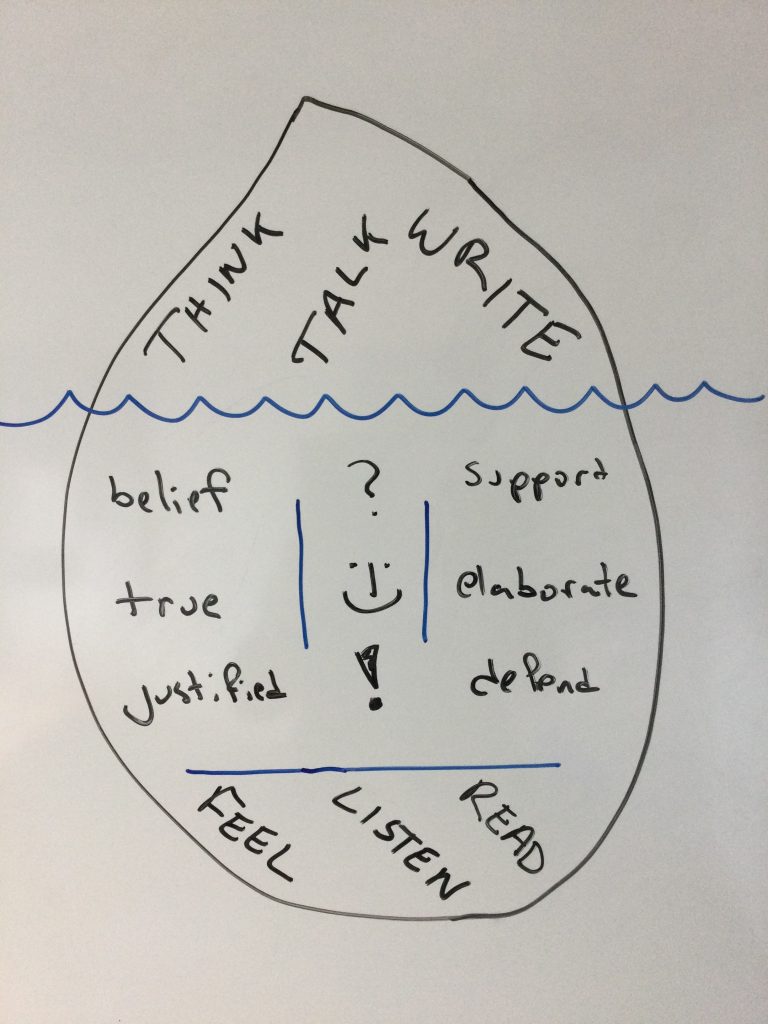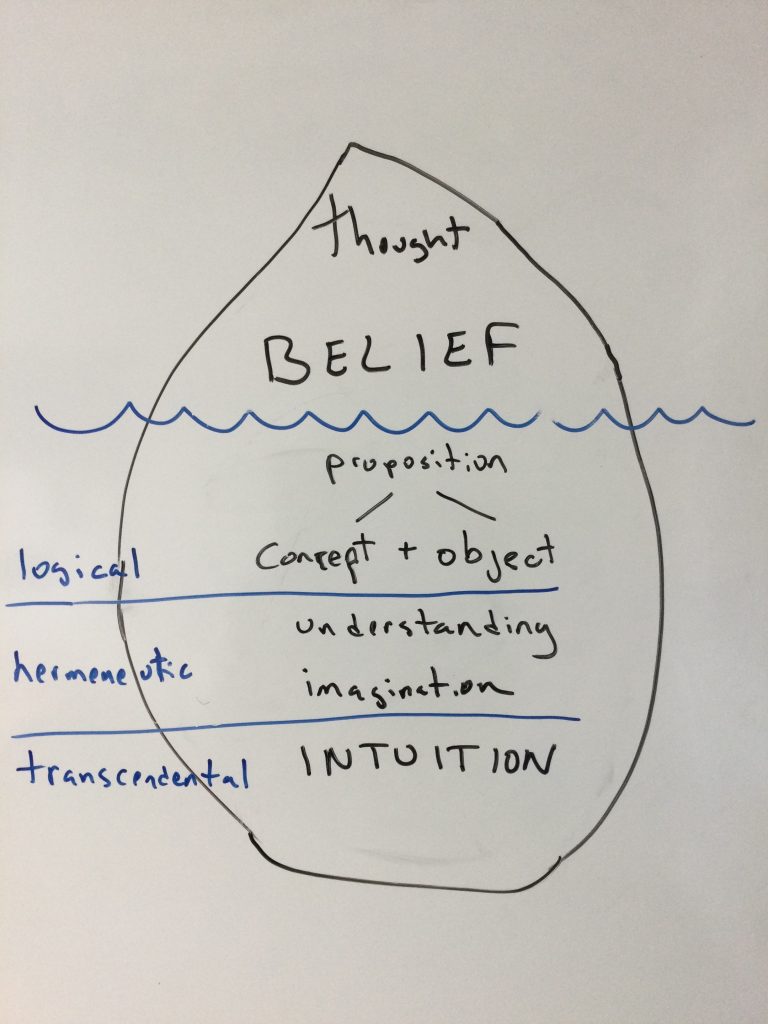(Part of the Art of Learning series.)
In order to learn anything at all you have to make up your mind about what you think is true. You have to get your mind around it. You can’t know something if you don’t believe it, and you shouldn’t believe it if you don’t understand it. Our ability to reason therefore plays an essential role in the learning process. In this talk, I offer some basic strategies to help you get the most our of your thinking.
Video from November 5, 2025
To believe something is to think it is true. The “something” and the “it” are what I called a proposition in this talk. A proposition can be meaningful (you can understand it) even if it isn’t true. “It is raining,” for example, is a proposition that isn’t always true. (“Sometimes it is raining, sometimes not,” as Quine put it.) What you believe is neither the weather nor the rain. These just are. You believe (or don’t believe) a proposition about the rain. And propositions are made of concepts and objects; concepts are tools for thinking about things. Most of our thinking is just freely combing concepts and objects in propositions, comparing them with experience (sometimes with our memory of experience), and deciding whether or not they are true, making up our minds.
I want to emphasise that thinking is a matter of diving down into the depths beneath our beliefs. We can use thought to really understand what our propositions mean by imagining the facts and situations they imply. Intuition serves as a kind of limit to what we can imagine. Thinking helps us to imagine what is possible; and thinking a little harder lets us expand our sense of the possible, broaden our imagination. Thinking allows us to be counter-intuitive. Indeed, maybe thought is simply counter-intuition.
I conclude with the perhaps profound thought that thinking is simply an openness to being wrong about things. To be capable of thinking is a capacity to acknowledge the possibility that our beliefs may be false. That’s what we have propositions for: they are what mean, whether or not we are right. Thinking exercises our ability to admit that we are wrong.
The two main books I talked about are Daniel Kahneman’s Thinking Fast and Slow and Robert Brandom’s Articulating Reasons. I also mentioned Gottlob Frege’s “On Concept and Object”, Immanuel Kant’s Critique of Pure Reason and Michel Foucault’s Archaeology of Knowledge in passing.
See also: “The Art of Thinking”, “How to Imagine Concepts” (and “…Dragons”), “Conceptualize, Analyze, Discuss”, “Theories, Concepts, and Models”.
Here are the (slightly retouched) drawings from the board.
Here are videos from previous years:

